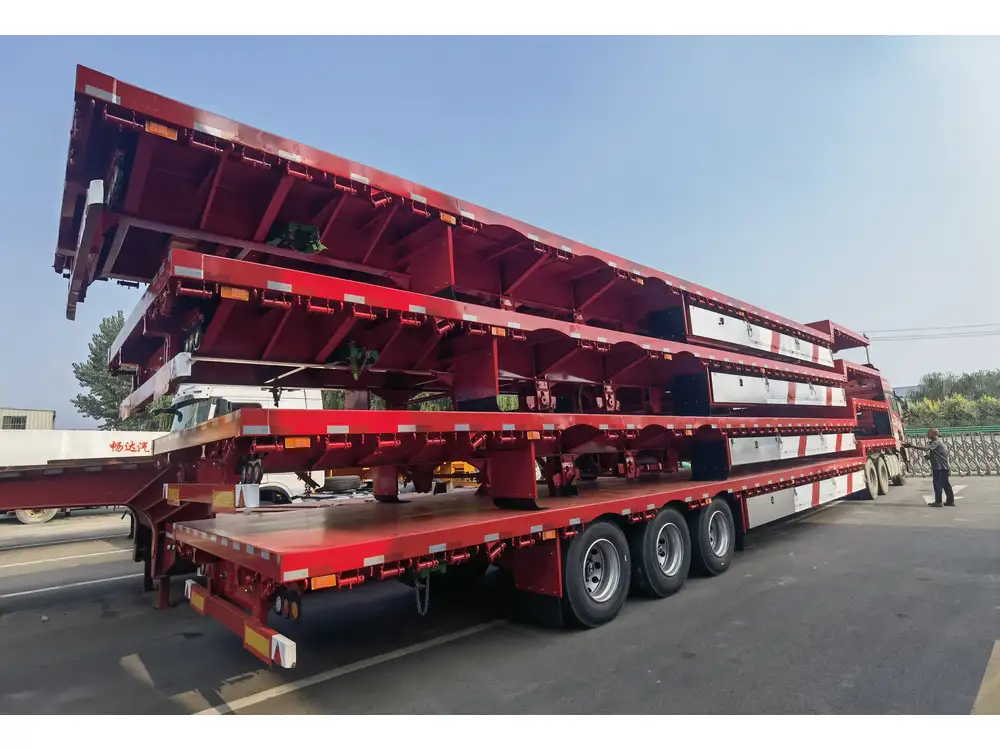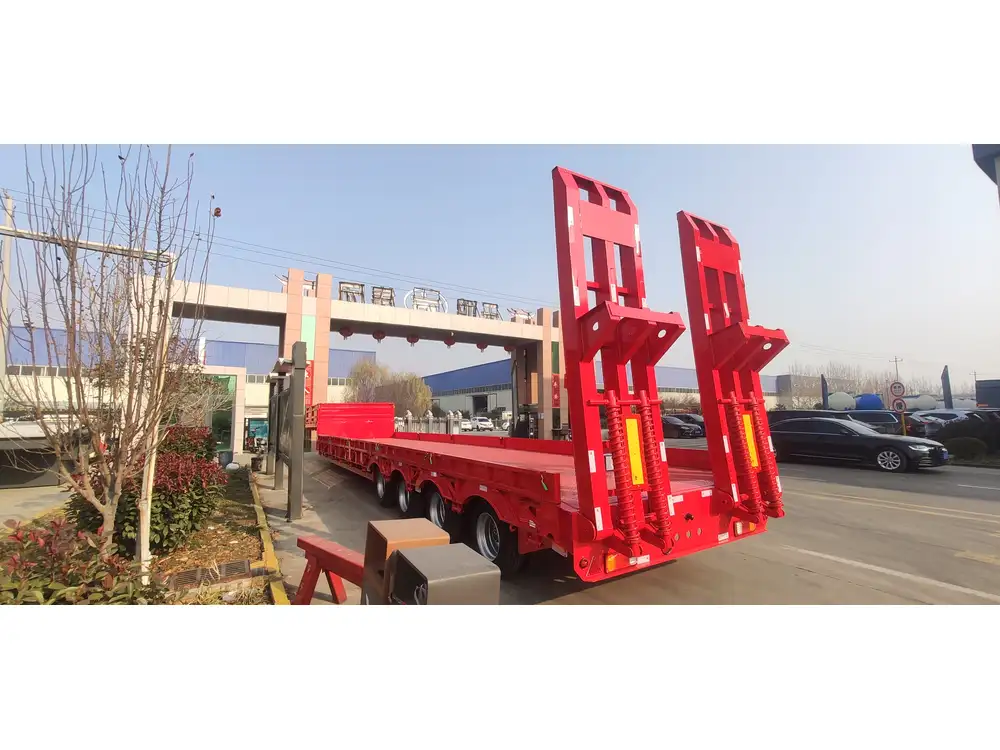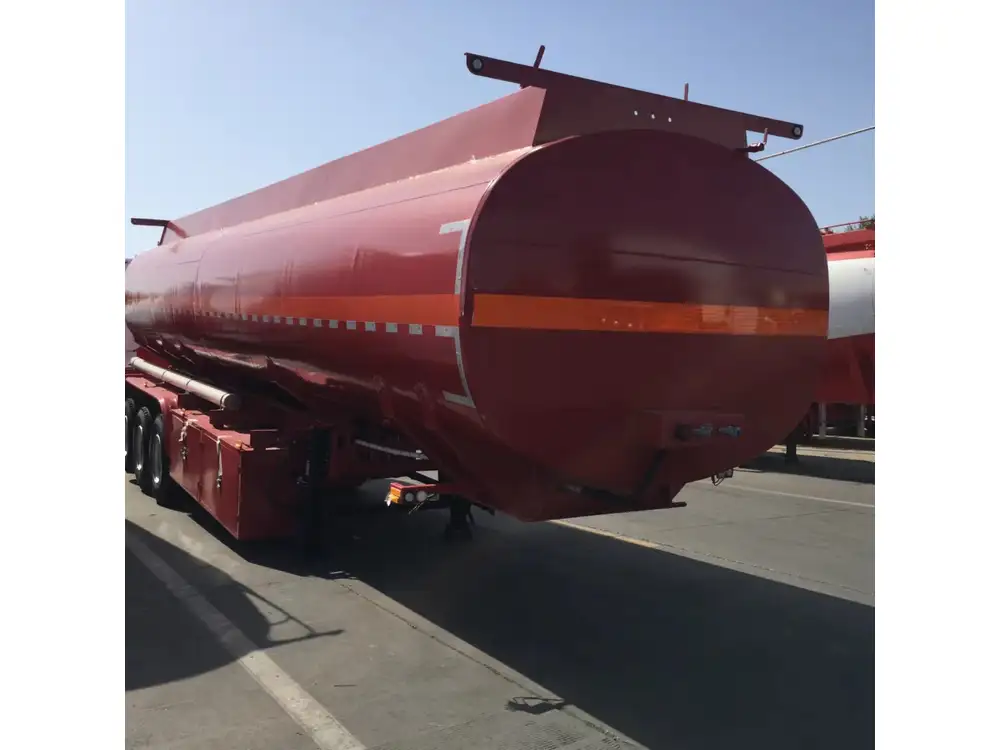Understanding the Basics of a Tandem Axle Dump Trailer
When embarking on the journey of constructing a tandem axle dump trailer, it’s fundamental to understand what sets this design apart. A tandem axle dump trailer features two axles working in unison, providing enhanced stability, load distribution, and the capacity to carry heavier weights—perfect for transporting materials like gravel, dirt, and waste.
Key Components of a Tandem Axle Dump Trailer
| Component | Description |
|---|---|
| Frame | The backbone of the trailer; usually made from heavy-duty steel or aluminum. |
| Axles | Typically two, allowing for better weight distribution and handling. |
| Suspension System | The mechanism that allows the trailer to absorb shock and maintain stability. |
| Dumping System | Includes hydraulic lifts and mechanisms that facilitate the dumping process. |
| Wheels & Tires | Choice depends on load capacity and terrain; radial tires are preferred for better grip. |
| Body Material | Options include steel, aluminum, or composite materials; choose based on durability needs. |
| Brakes | Necessary for safety, especially in heavier loads (electric or surge brakes recommended). |

Step-by-Step Process to Build a Tandem Axle Dump Trailer
Step 1: Gather Essential Tools and Materials
Before initiating construction, compile a comprehensive list of necessary tools and materials. Here’s a useful guide:
| Tools Needed | Materials Required |
|---|---|
| Welding machine | Heavy-duty steel or aluminum sheets |
| Angle grinder | Tandem axle assembly (including springs, hubs) |
| Drill and drill bits | Hydraulic lift system (cylinder, pump) |
| Measuring tape | Dump trailer body material (steel sheets or aluminum) |
| Safety gear (goggles, gloves) | Braking system components (electric or surge brakes) |
| Level | Paint or rust-proof coating |
Step 2: Designing the Trailer
A meticulous design is crucial for a successful build. Use software for drafting or sketch your design on paper. Key design elements include:
- Overall dimensions: Determine the length, width, and height based on the intended load.
- Weight distribution: Ensure the design accounts for the load balance to prevent instability during operation.
- Dump angle: Plan the dumping mechanism; typically, a 45 to 60-degree angle is ideal for effective unloading.

Step 3: Construct the Trailer Frame
The frame serves as the foundation of your dump trailer. Follow these guidelines:
- Cut the Steel/Aluminum: Use your angle grinder for precise cuts, ensuring the pieces align with your design.
- Weld the Frame: Employ your welding machine to join the cut pieces. Ensure strong, clean welds at all junctions for structural integrity.
- Install Cross Members: These members provide added strength and support to the frame.
Step 4: Install the Axles and Suspension
- Positioning the Axles: The axles should be mounted securely under the frame. Ensure they’re positioned correctly according to your design for optimal weight distribution.
- Attach the Suspension System: Install the leaf springs or suspension mechanism that connects the axles to the frame. Attaching the suspension properly enhances ride quality and stability.
Step 5: Build the Dumping Mechanism
The dumping mechanism is pivotal for the functionality of the trailer. Consider these steps:
- Selecting Hydraulic Components: Choose a hydraulic cylinder that fits your height requirements and load capacity.
- Installing the Hydraulic Lift: Secure the hydraulic cylinder to the front of the trailer, connecting it to the frame and the body of the trailer. Ensure it’s positioned to achieve the desired dumping angle.
- Connecting the Pump: Install the hydraulic pump, typically located within reach to activate while driving or unloading. Connect hoses appropriately to ensure a leak-proof setup.

Step 6: Construct and Attach the Trailer Body
When constructing the body:
- Cut the Body Material: Follow your design specifications to cut the steel or aluminum sheets.
- Assemble the Walls: Weld or bolt the walls to the frame, ensuring they are sturdy and aligned correctly.
- Install the Tailgate: The tailgate can be hinged or removable, depending on design preference. Ensure it’s capable of securing the load adequately during transport.
Step 7: Final Touches and Safety Measures
After assembling the trailer, focus on the finishing touches:
- Braking System: Install brakes according to their specifications. Electric brakes offer reliable performance, while surge brakes provide additional safety.
- Wiring and Lights: Implement necessary wiring for brake lights and turn signals to comply with road regulations.
- Paint or Coat the Trailer: Apply a rust-proof coating or paint to protect the trailer from environmental damage.
Key Considerations When Building a Tandem Axle Dump Trailer

Safety Regulations and Compliance
Adhering to safety regulations is non-negotiable. Check local and national guidelines concerning trailer dimensions, load limits, and braking systems. Ensuring compliance not only promotes safety but also protects against potential legal issues.
Weight Limits and Load Distribution
Understanding the weight limits of your tandem axle dump trailer is vital. Overloading can lead to dangerous situations, including increased stopping distances and decreased maneuverability. Equip your trailer with an appropriate load distribution system to enhance stability.
| Weight Limit Considerations | Best Practices |
|---|---|
| Total Load Capacity | Adhere to manufacturer specifications and adjust based on axle ratings. |
| Dynamic Load Distribution | Place heavier items low and centered; secure loads tightly. |
Maintenance Tips for Longevity
To maximize the lifespan of your tandem axle dump trailer, regular maintenance is essential. Consider these routine tasks:
- Inspect and Lubricate Moving Parts: Regularly check the hydraulic system, axles, and suspension for wear and provide adequate lubrication.
- Check Tires and Brake Systems: Visually inspect for damage, ensuring tires are adequately inflated, and brakes are functional.
- Examine Frame and Body: Periodically inspect for rust, loose bolts, or structural damage.

Common Issues Encountered When Building a Dump Trailer
Misalignment of Axles
Misalignment can compromise the trailer’s handling and lead to excessive tire wear. To prevent this, ensure that axles are positioned correctly during installation, and double-check measurements.
Hydraulic Failures
Hydraulic issues can disrupt the dumping process. Common causes include leaks and incorrect hose connections. Regularly inspect hoses and fittings for signs of wear or damage.
| Common Hydraulic Problems | Solutions |
|---|---|
| Leaks | Inspect and replace damaged hoses or fittings. |
| Inadequate Lift | Ensure pump capacity and cylinder size match design needs. |

Conclusion
Building a tandem axle dump trailer is a complex yet rewarding endeavor that can significantly enhance your hauling capabilities. From understanding the design nuances to ensuring safety compliance, every step plays a critical role in creating a reliable and efficient trailer. By following this comprehensive guide diligently, you’ll not only create a functional piece of equipment but also foster a deeper understanding of trailer mechanics and maintenance. Embrace the journey, and ensure you adhere to safety practices to enjoy your fully functioning tandem axle dump trailer for years to come.



